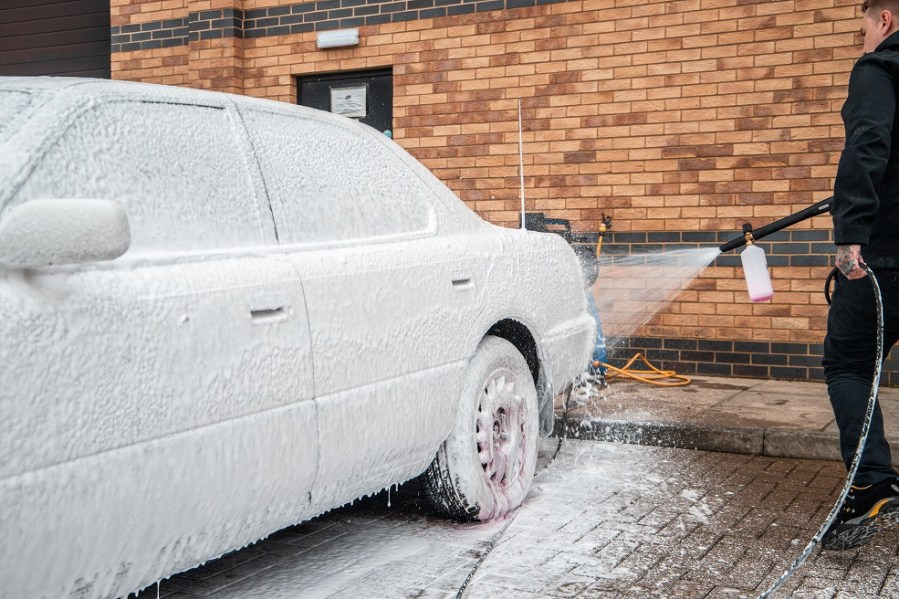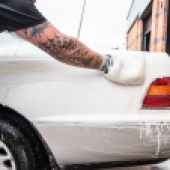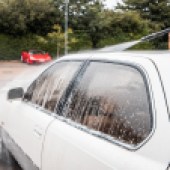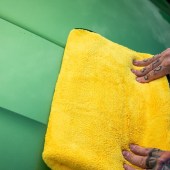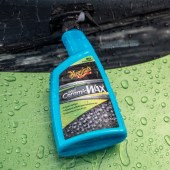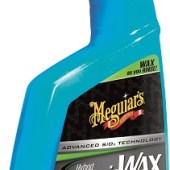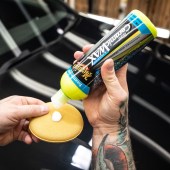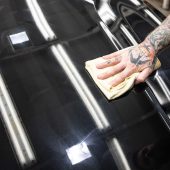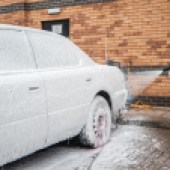Detailing is a summer sport, right? Wrong… Here’s Meguiar’s winter detailing guide full of tips and tricks to keep your ride pristine this winter.
Sponsored
Detailing, in the winter at least, is all about protection. We all know that there’s plenty of muck, salt and fallout on the roads here in the UK, mostly due to the lovely weather we seem to have all-year-round. And, while all this may be detrimental to your car in the summer, the risk to your bodywork multiplies exponentially as the winter draws in.
Now, most of us clean our cars but, regarding the desired outcome, there’s actually two main types of detailing. There’s the stuff that we do in the spring and the summer, which offers essential protection from the elements, but is geared toward making your motor look all spangdangly. And then there’s the kind of detailing were talking about here, the type that’s designed for preparing your car for the harsh winter season.
There’s all sorts of myths surrounding winter detailing too. We’ve heard everything over the years from ‘having’ to apply at least five coats of wax, to washing your car every time you take it out. So, with that in mind, we thought we’d team up with Meguiar’s and put together a guide covering the real essentials…
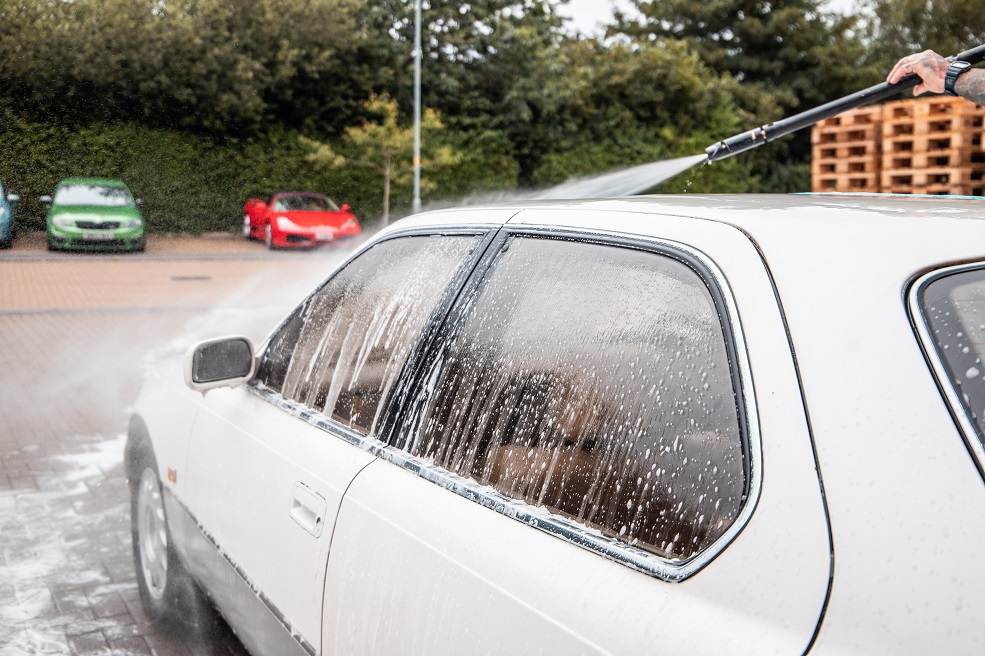
Stage One – Pre-Wash
The first thing to do, before anything else, is get your car wet. Around this time of year, we’re starting to get the heaviest concentration of grime and salt on the roads, and this will be transferred to your bodywork.
The worst thing you can do is just pile straight into a contact wash, all you’ll do is push all this dirt around, inflicting the scratches and swirl marks you’ll have to polish out later. If you can, it’s always best to carry out a proper pre-wash, using suitable products to lubricate and lift off the grime. For this we recommend hitting your car with Meguiar’s Ultimate Snow Foam.
This stuff can be applied with a pressure washer or a suitable applicator. We’ve always found the best way to use snow foam is to start at the bottom of the car and work upwards. That way, as the foam runs off, it’s replenished by the foam running down from above.
On painted surfaces it’s also advisable to use a TFR (Traffic Film Remover) on the areas of the car that get the dirtiest – the wheel arches, sills and bumpers. These are designed to chemically dissolve grime, allowing it to run off when you rinse. Meguiar’s Heavy Duty Multi-Purpose Cleaner is just the job.
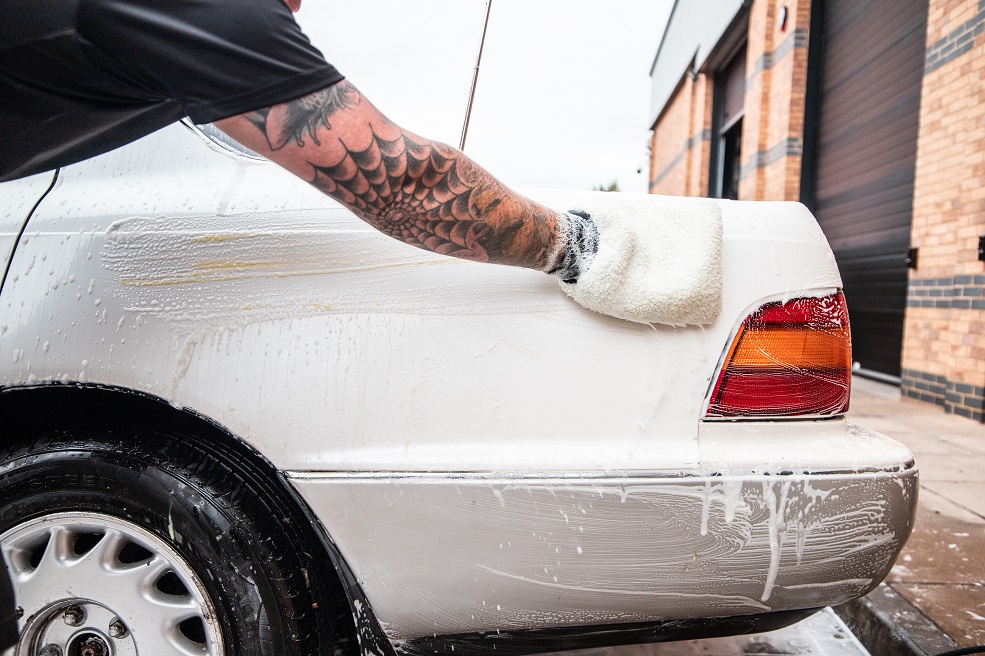
Stage Two – Contact Wash
Contact washing, is for nothing more than removing the grime left over from the pre-wash. The most important thing here is to limit the chance of causing damage by using the right kit.
First, you’ll be wanting to get yourself a good quality wash mitt, and not one of those nasty cheap ones available at all good budget supermarket.
Next up, you’ll be needing two buckets, one fitted with a grit guard. Fill one bucket with Meguiar’s Hybrid Ceramic Wash and Wax – this shampoo contains Ceramic Si02 that’ll help add a layer of protection to your paint – and the other grit guard fitted bucket with clean water. Use this to rinse out your wash mitt after a couple of passes on the bodywork, rub the mitt on the guard to help remove the dirt. And don’t forget that warm water is much more effective for cleaning than cold water… plus, as a bonus, you’re less likely to freeze your fingers off.
Now, normally we’d say crack on with the drying but before you do that, we’d recommend adding yet another layer of protection with Meguiar’s Hybrid Ceramic Wax. Once your car is thoroughly rinsed off, apply this stuff by simply spraying it on and then rinsing it off.
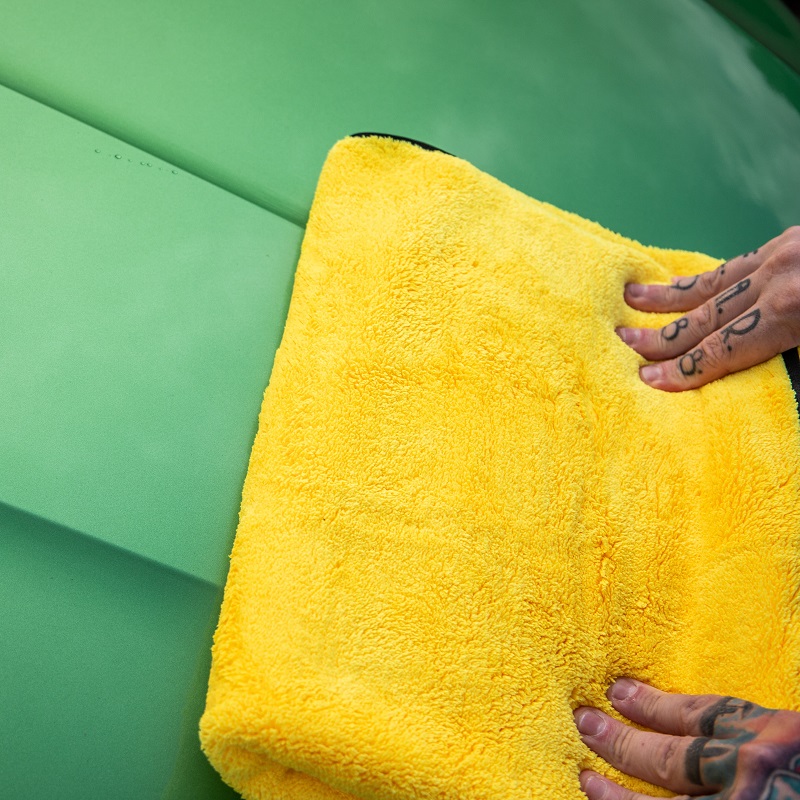
Stage Three – Drying
We’ve all done it, washed our cars, dried the windows, and then said sod it. But in this case it’s important to dry the whole car before you can move on to the surface preparation stage.
Before you go reaching for that leather chamois, bear in mind that traditional leathers can leave smears on your paint, and even worse, they can trap any leftover dirt, dragging it along the surface as you dry. A microfibre cloth or a drying towel, has a deep pile surface designed to lift away dirt from your bodywork and bury it in the fibres.
With painted surfaces, it’s also a good idea to use a quick detailer or drying aid on each panel to further lubricate any left-over dirt.
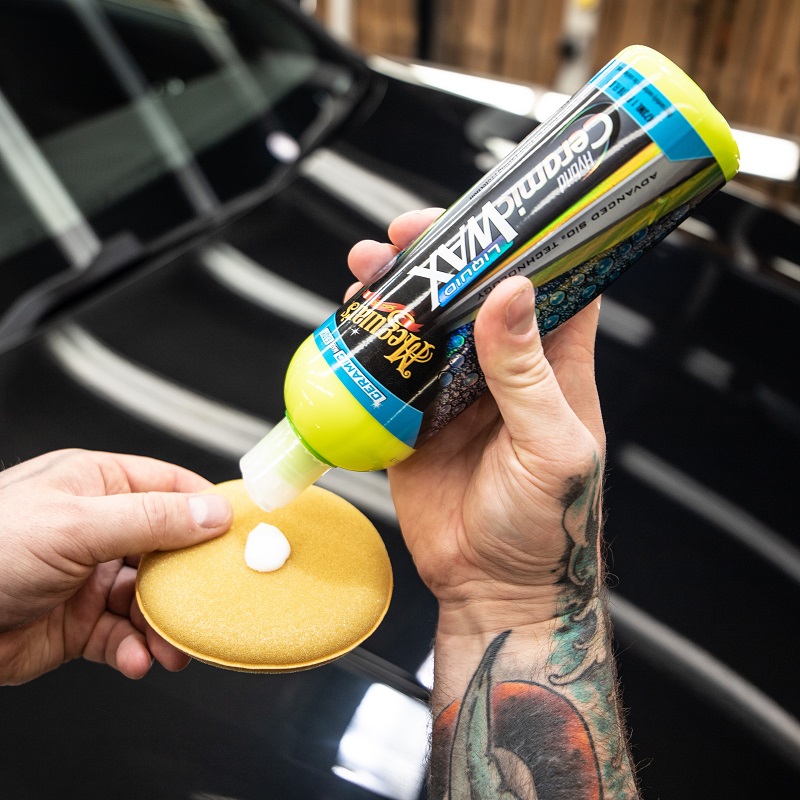
Stage Four – Protection
There are quite a few dedicated products that offer protection for your paintwork. Some like to use natural waxes, which generally offer a sacrificial layer and a nice, warm gloss.
Others prefer man-made sealants and ceramic coatings purely for protection purposes. These are usually engineered to repel grime and tend to last longer. Basically speaking, we don’t want to be applying any more LSPs to the car until the springtime, so longevity is everything in my book.
A natural wax will usually have a random structure of molecules, which is what allows grime to penetrate and stick. Sealants on the other hand, are developed to have tight-knit molecules arranged in a regular fashion, specifically to stop dirt sticking.
Anyway, you can see that researching the product you use is important here, but we’d recommend Meguiar’s recently-launched Hybrid Ceramic Liquid Wax as it’s packed with SiO2 tech that will help to keep your paint protected during the cold months.
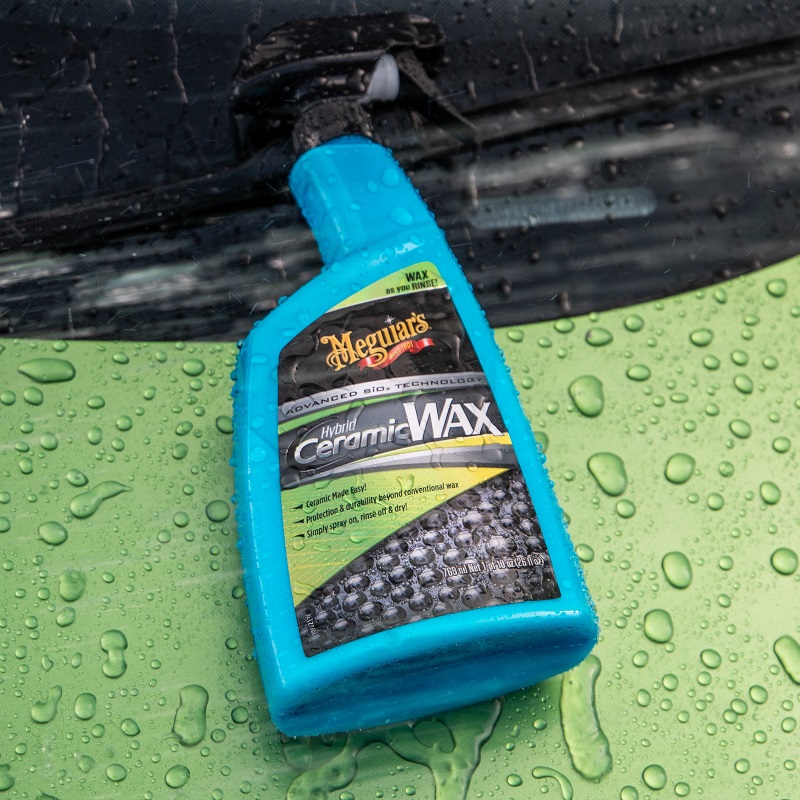
Stage Five – Maintenance
We all know you have to wash your car every 3-seconds over the winter, right? Well, that’s actually quite a common mistake. The only instances when you should be washing your car more than once a month in winter is if you have an old skool motor that’s susceptible to rust, or if you have exposed metal. For the vast majority of cars, it’s better to limit contact washes simply because it’s easy to do more harm than good. The only exception to the rule is your wheels, these will encounter a lot more road salt and corrosive brake dust, so it makes sense to give them a once over a little more often, especially if you’re not using a wheel sealant or other protection product.
When you do decide that your car needs a maintenance wash, the most important thing to remember is to use products that are non-stripping, this means they won’t wash off the protection layers you’ve just applied. That and always (and we do mean always) pre-wash, preferably with a decent, non-stripping snow foam. Then give it a top up of protection with Meg’s Hybrid Ceramic Wax and that’s it – everything you need to know until the springtime!

